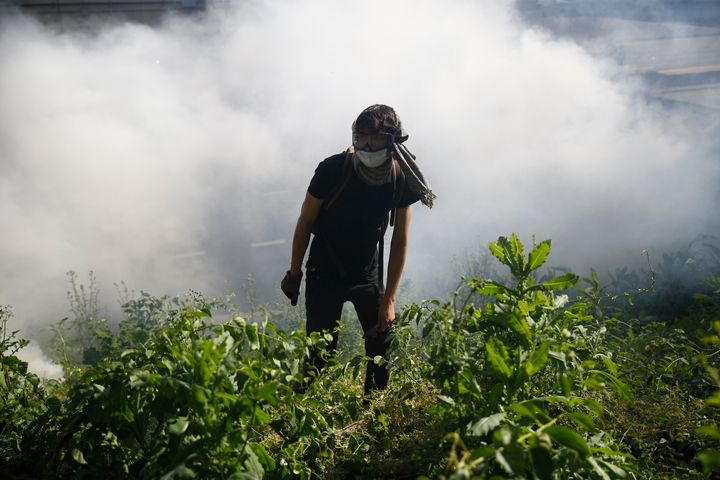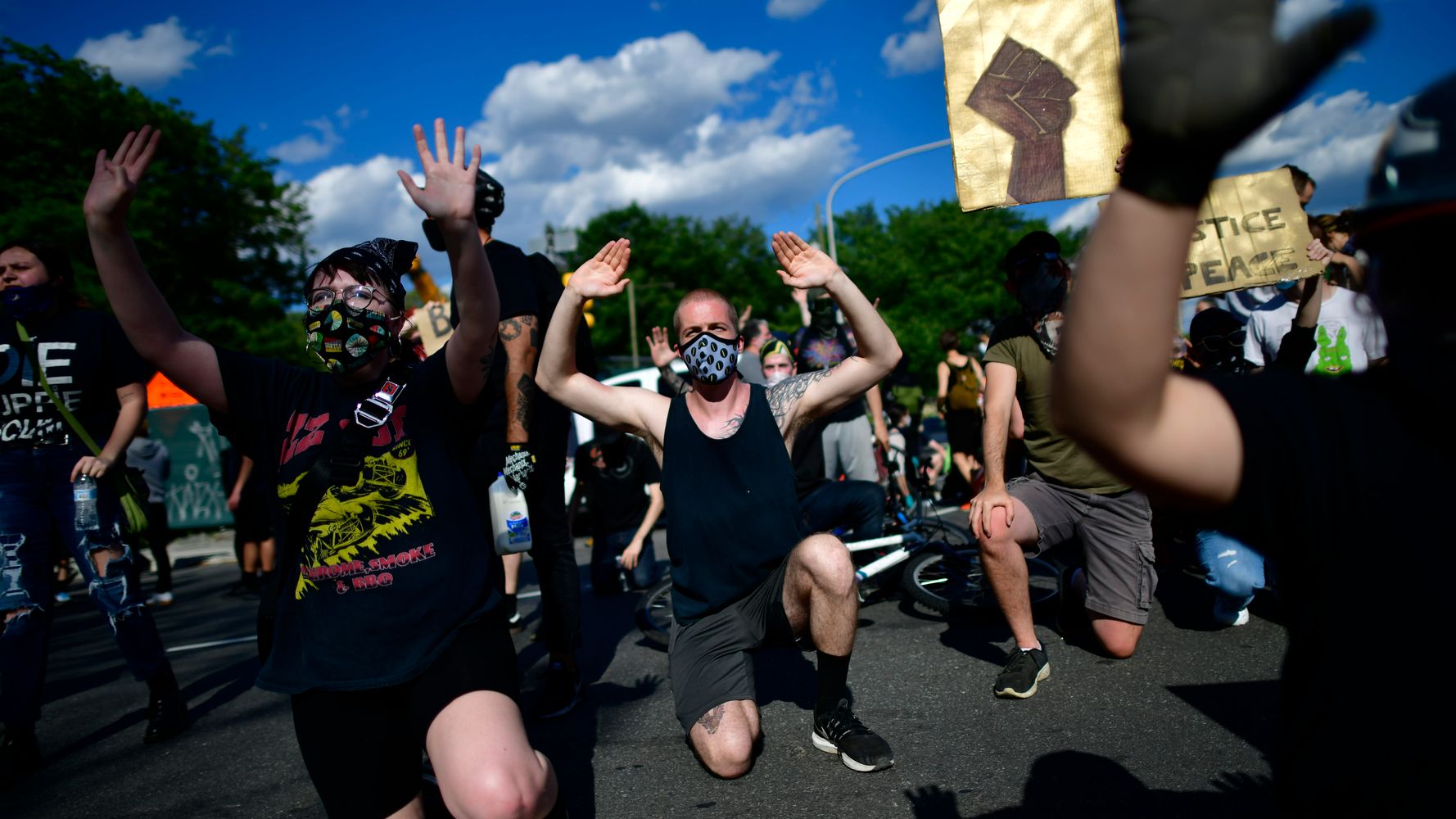[ad_1]
PHILADELPHIA (AP) — Three class-action lawsuits filed in Philadelphia on Tuesday accuse the city of using military-level force that injured protesters and bystanders alike during peaceful protests against racial inequality and police brutality.
One lawsuit accuses Philadelphia police of lobbing tear gas and firing rubber bullets at protesters indiscriminately as they marched peacefully on a city highway. Another accuses the police of using tanks, tear gas, pepper spray and rubber bullets in an African American business and residential district, at times injuring people in or near their own homes.
“They were just opening fire on anybody they saw, for hours and hours, regardless of any conduct or justification,” said Bret Grote, legal director of the Abolitionist Law Center, who called the police response to demonstrations that rocked the city in May and June reckless.
“They were shooting children. They were shooting old people. They were shooting residents on their own street. They were gassing the firefighters,” he said.
The lawsuits, involving more than 140 plaintiffs, were filed the same day the city announced the resignation of Philadelphia Managing Director Brian Abernathy. The suits were filed by the law center, the NAACP Legal Defense and Educational Fund and various civil rights lawyers in the city.
Both the city and the police department declined to comment directly on the lawsuits. However, Mayor Jim Kenney, in a statement, said the city is conducting an independent review of both situations.
“I am highly concerned about what transpired on both I-676 and 52nd Street and I fully regret the use of tear gas and some other use of force in those incidents,” Kenney said. “The investigation is still underway, but any officer found to have violated (department) policy will be held accountable.”
Kenney and Police Commissioner Danielle Outlaw had previously apologized for using tear gas in the June 1 demonstration on the interstate, saying they were relying on incorrect information. They also announced a temporary moratorium on its use in most nonviolent situations.
Videos show Philadelphia police that day firing tear gas at dozens of protesters trapped on the roadway, many of whom were unable to retreat to an on-ramp, and had to try to climb up a steep embankment and over a concrete wall and fence to escape.

The protests in Philadelphia were part of nationwide demonstrations that erupted after George Floyd died after a Minneapolis police officer put his knee on Floyd’s neck for several minutes to pin him to the ground.
“In response to protests and a national conversation about police accountability and an end to a long history of police brutality, the Philadelphia Police Department reacted with more brutality,” said lawyer Jonathan Feinberg, who was involved in the suit and works for one of the city’s most prominent civil rights firms, Kairys, Rudovsky, Messing, Feinberg and Lin LLP.
“Our firm dates back to 1971. We cannot recall a single episode in which the Philadelphia police used munitions like this in a peaceful protest,” Feinberg said.
Shahidah Mubarak-Hadi, a plaintiff, said her 3- and 6-year old children were hurt after police fired tear gas at their home in West Philadelphia, where they were inside seeking refuge during the COVID-19 pandemic.
“Officers violated the sanctity of our home, without forethought, senselessly firing tear gas around our residence while we were inside,” she said. “My children and I no longer feel safe in our own house.”
They live near the 52nd Street business corridor, the heart of a predominantly Black neighborhood rocked by clashes between police and protesters on May 31. The police response, lawyers said in a press release, violated their clients’ First Amendment right to free speech and assembly, Fourth Amendment ban on excessive force and 14th Amendment ban, through the Equal Protection Clause, on racially discriminatory policing.
“In what many witnesses described as a war zone in an otherwise peaceful, residential community, police officers in tanks traveled away from West Philadelphia’s business corridor and down residential side streets for hours, chasing residents into their homes and indiscriminately firing canisters of tear gas at them,” they said.

Calling all HuffPost superfans!
Sign up for membership to become a founding member and help shape HuffPost’s next chapter
[ad_2]
Source link

